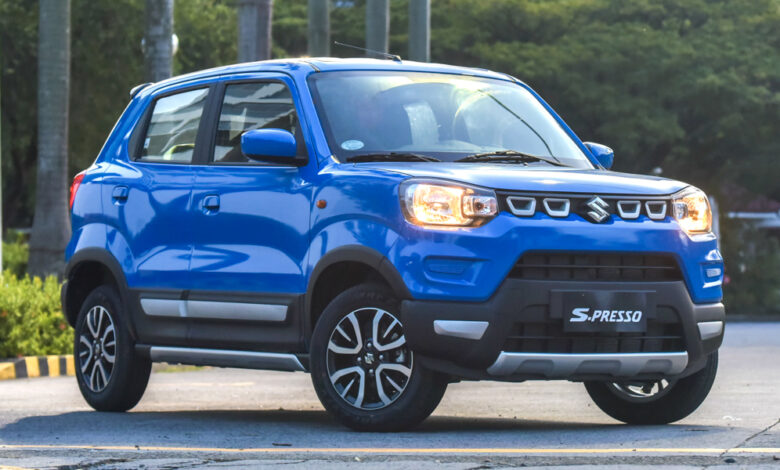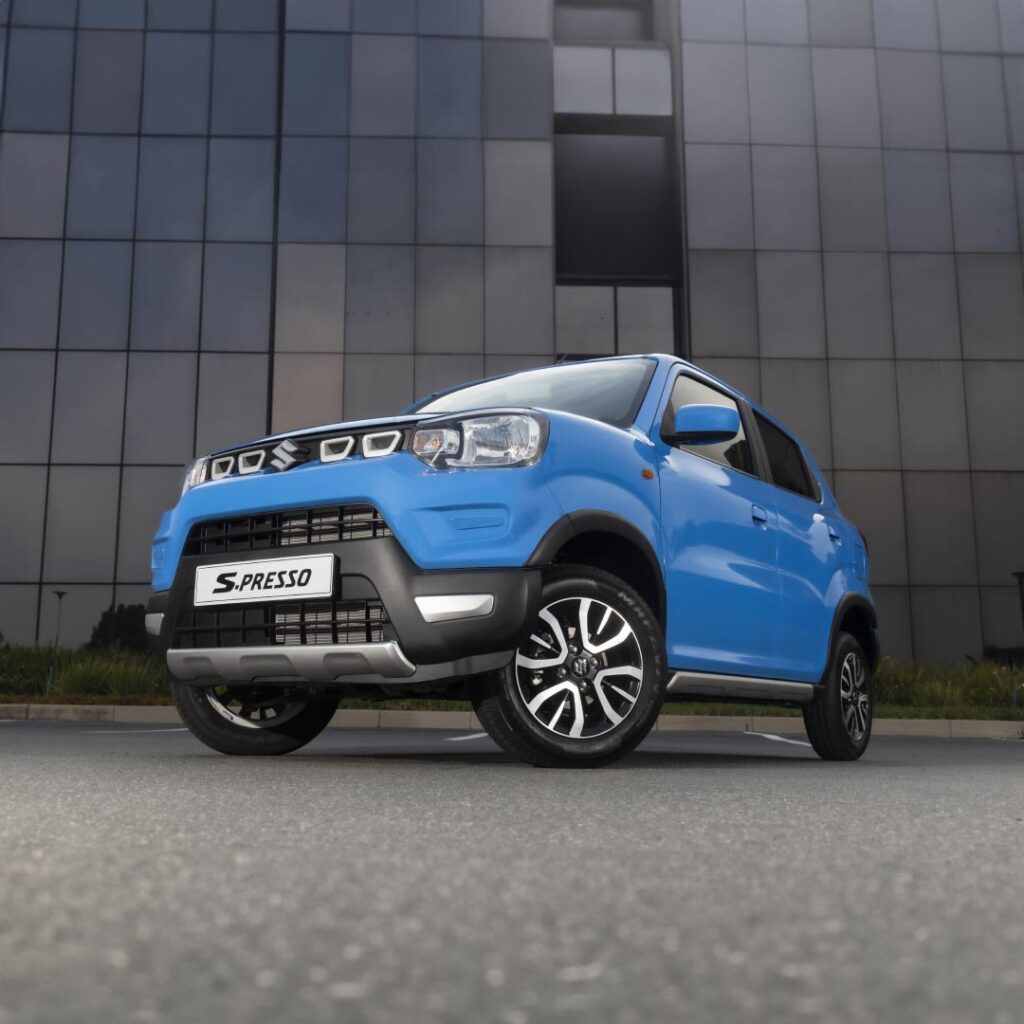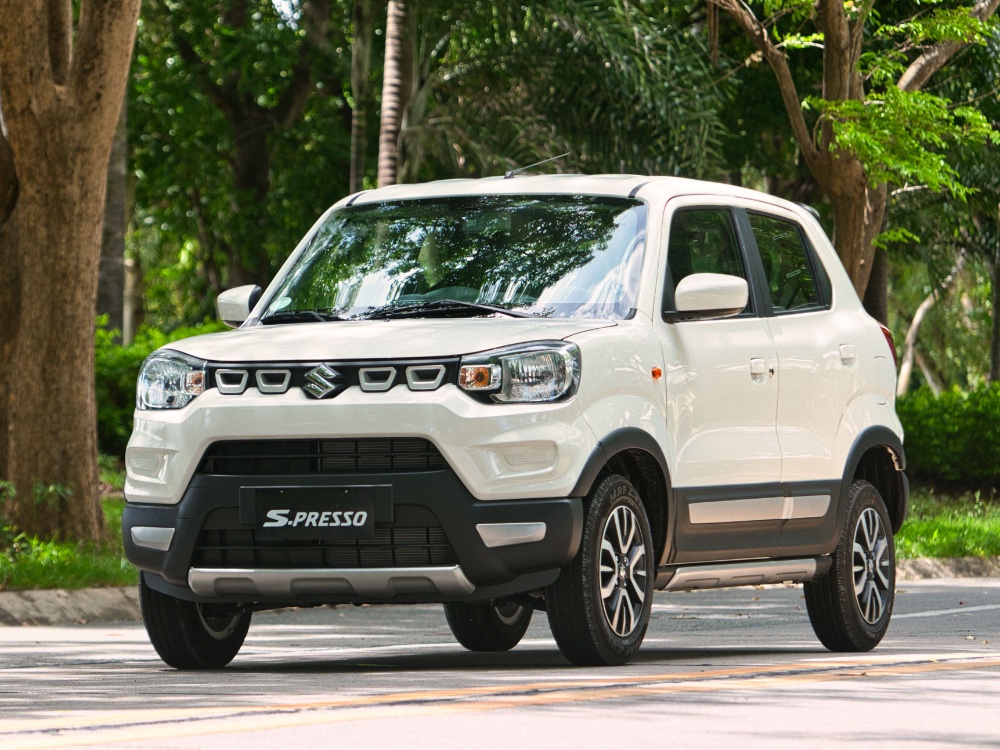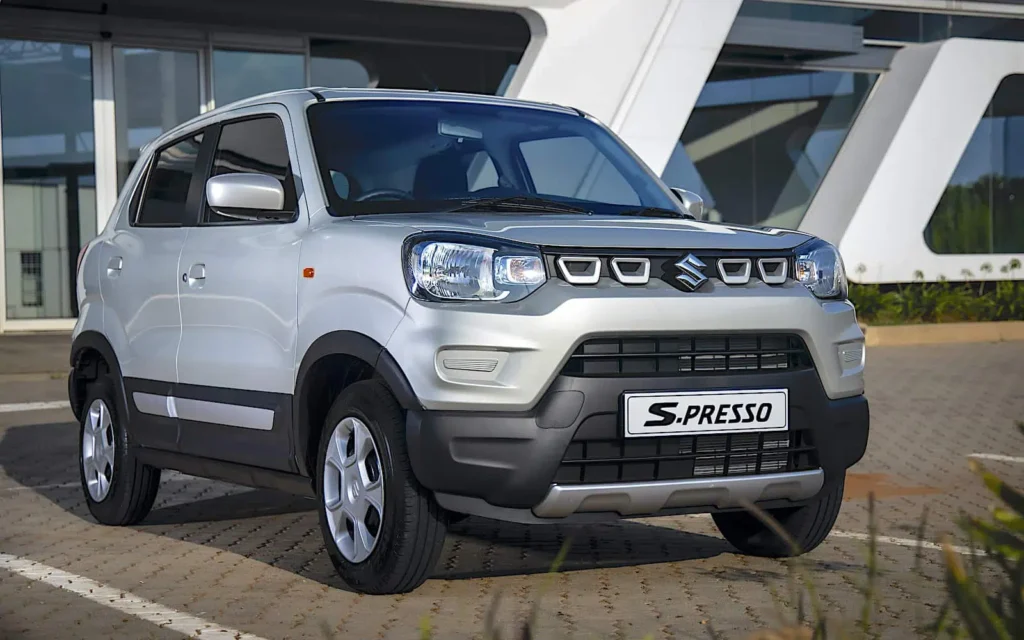From Small Beginnings to Global Respect: How Suzuki Became a Household Name in the Auto Industry

From Small Beginnings to Global Respect: How Suzuki Became a Household Name in the Auto Industry. When Suzuki launched in 1909, few could have predicted that a loom manufacturer from a coastal Japanese village would one day become a global automotive powerhouse. But through a blend of resilience, strategic pivots, and market-savvy decisions, Suzuki Motor Corporation has carved a name for itself in some of the world’s most competitive markets.
The Early Shift: From Looms to Wheels
Suzuki began as Suzuki Loom Works in Hamamatsu, Japan. Founded by Michio Suzuki, the company was initially focused on weaving machines for Japan’s booming silk industry. However, the 1930s marked a turning point. With a vision to diversify, Suzuki began exploring the automobile market. The onset of World War II interrupted these ambitions, but the idea had taken root.
Post-war Japan demanded affordable, efficient personal transportation. Suzuki responded in 1952 with the “Power Free” motorized bicycle, a simple yet effective product that marked its entry into the mobility sector. This innovation was followed by the 1955 release of the Suzulight, one of Japan’s first mass-produced kei cars. Kei cars, a category of small, efficient vehicles, would go on to define Suzuki’s identity for decades.

Strategic Focus: Affordable Mobility for the Masses
One of Suzuki’s most defining strategies has been its unwavering focus on compact, affordable vehicles. In contrast to competitors that chased luxury or large-scale innovation, Suzuki zeroed in on accessibility. This allowed the company to build a loyal customer base in emerging markets where price and practicality trumped prestige.
India stands as a testament to this approach. In 1982, Suzuki entered a joint venture with the Indian government to create Maruti Udyog Limited. The result was the Maruti 800, launched in 1983, which quickly became India’s best-selling car. The vehicle was not only affordable but also dependable—a crucial factor in a country where infrastructure posed significant challenges. Suzuki’s strategic alignment with India’s economic vision secured decades of dominance, making Maruti Suzuki the country’s top carmaker.
Resilience in the Face of Crisis
Suzuki’s path wasn’t without setbacks. In the early 2000s, the company faced intense competition from global rivals. Adding to that, its partnership with General Motors, which began in 1981 and involved joint development and equity stakes, gradually became strained. GM eventually sold its stake in Suzuki by 2006, ending a 25-year relationship.
But Suzuki weathered the storm. Rather than stretching itself thin trying to compete across all segments, the company retrenched around its core strength: small cars and compact SUVs. This decision paid off as global fuel prices rose and consumers began seeking efficient vehicles. The Suzuki Swift and Vitara emerged as breakout global models, praised for their reliability, design, and economy.

Marketing That Resonates
Suzuki’s marketing strategy consistently emphasizes trust, simplicity, and value. Campaigns are designed to connect with real-life experiences rather than aspirational fantasies. For instance, in markets like South Africa, Suzuki used relatable characters and humor to appeal to everyday consumers. The brand’s authenticity struck a chord, leading to year-on-year sales growth.
In India, Maruti Suzuki maintained its dominance not just through product variety but also an expansive service network. The brand invested heavily in after-sales support, ensuring that even remote areas had access to repairs and maintenance. This reinforced customer loyalty and trust—a long-game strategy that many startups can learn from.
Innovation Without Excess
While Suzuki isn’t known for bleeding-edge technology, it excels at practical innovation. Its Heartect platform, for example, reduced vehicle weight while enhancing safety and fuel efficiency. The company also embraced hybrid technology where it made sense, launching mild-hybrid variants in various markets without drastically increasing prices.
In 2020, Suzuki entered into a capital alliance with Toyota to collaborate on hybrid and electric vehicle development, ensuring it stays competitive in the evolving auto landscape without overextending its R&D budget.

Key Takeaways for Entrepreneurs
Suzuki’s journey offers valuable insights:
- Stay true to your niche. Suzuki’s focus on small, affordable cars allowed it to dominate where others spread themselves too thin.
- Partnerships can accelerate growth. The Maruti joint venture exemplifies how aligning with local expertise can open doors.
- Resilience requires focus. During periods of uncertainty, Suzuki doubled down on what it did best.
- Marketing must reflect your audience. Authentic, relatable storytelling outperforms flashy promises.
- Innovate with purpose. Not every innovation needs to be radical; incremental, cost-effective improvements can build lasting value.
From loom manufacturer to a global automotive force, Suzuki’s story is one of adaptation, strategy, and steady ambition. For entrepreneurs, it stands as proof that success doesn’t always require being the biggest—just the smartest in your lane.


